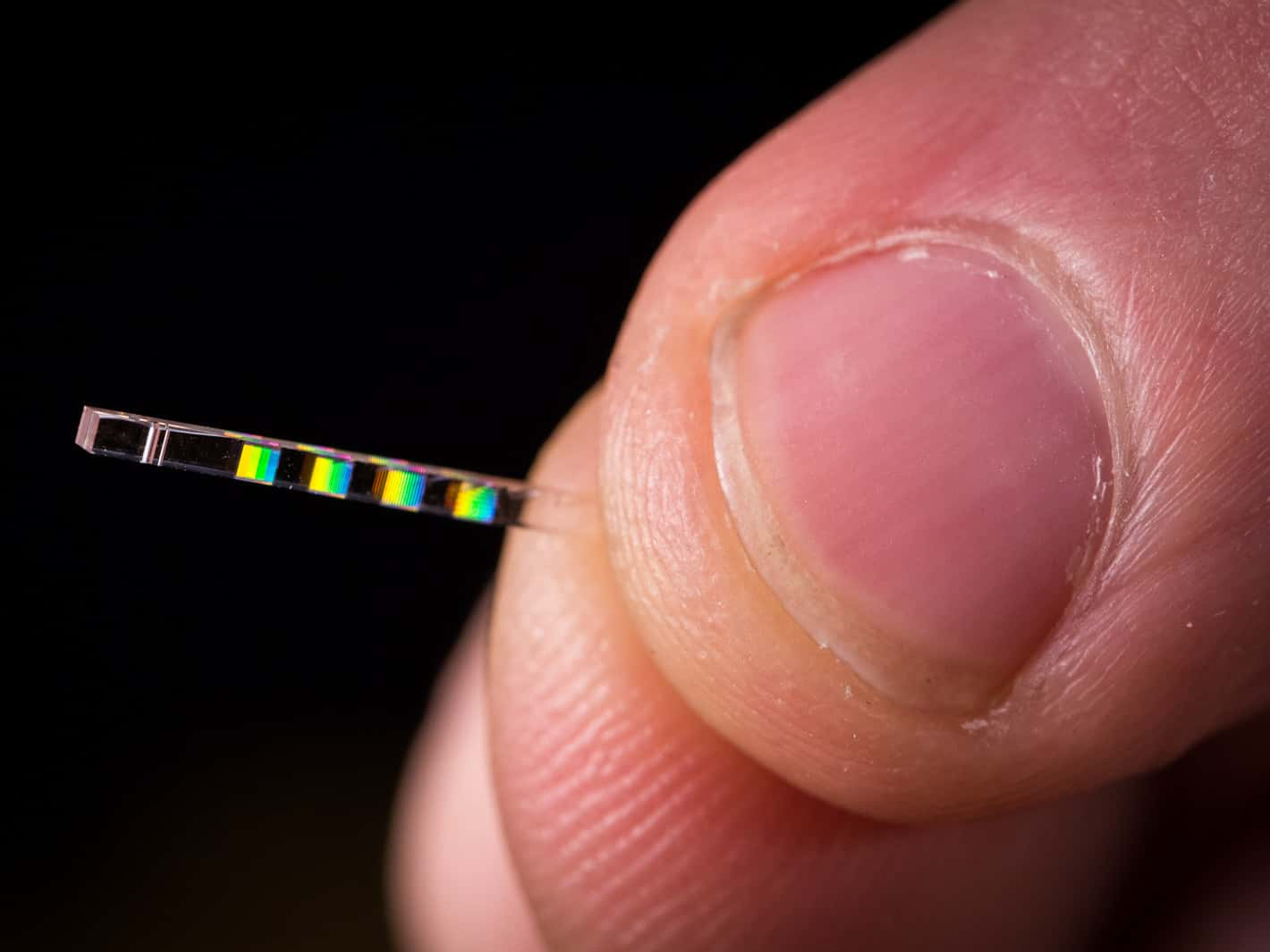This remarkable advancement holds immense promise for numerous applications, including revolutionary medical treatments.

In a groundbreaking scientific achievement, scientists have activated the world’s smallest particle accelerator, a nanophotonic electron accelerator (NEA), approximately the size of a small coin
The NEA, developed by researchers at the Friedrich-Alexander University of Erlangen-Nuremberg (FAU) in Germany, operates on a minuscule scale, accelerating electrons by directing miniature laser beams at thousands of individual “pillars” within a tiny microchip, forming an acceleration tube measuring a mere 0.02 inches (0.5 millimeters) in length.
This accomplishment marks the first successful firing of a nanophotonic electron smallest particle accelerator, a concept initially proposed in 2015. While the energy levels attained by the NEA remain significantly lower than those achieved by colossal smallest particle accelerators like CERN’s Large Hadron Collider (LHC), the potential for this technology lies in targeted medical treatments. By administering radiotherapy directly to affected areas within the body, utilizing the energy produced by the accelerated electrons, the NEA may revolutionize cancer treatment.
The NEA’s ability to create a magnetic field through laser beams rather than large magnets sets it apart from traditional smallest particle accelerators
While the electrons accelerated by the NEA currently possess a minute fraction of the LHC’s energy, researchers anticipate enhancing the NEA’s design using alternative materials or multiple tubes in tandem to boost the smallest particle accelerator. Despite not matching the colossal energy levels of major particle colliders, the NEA holds promise for groundbreaking medical advancements, such as endoscopic smallest particle accelerators for localized radiotherapy. Although this vision remains a distant goal, the NEA’s successful activation is a significant step toward realizing this medical breakthrough.
READ ALSO: Supermassive Black Hole Unleashes High-Speed Plasma Jet In Spectacular Discovery




